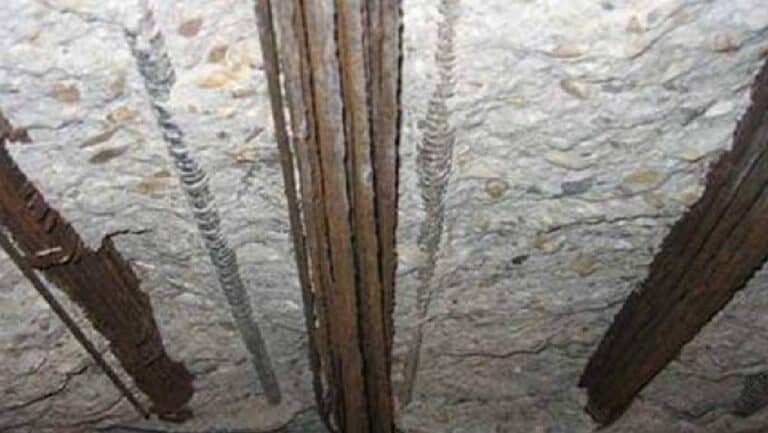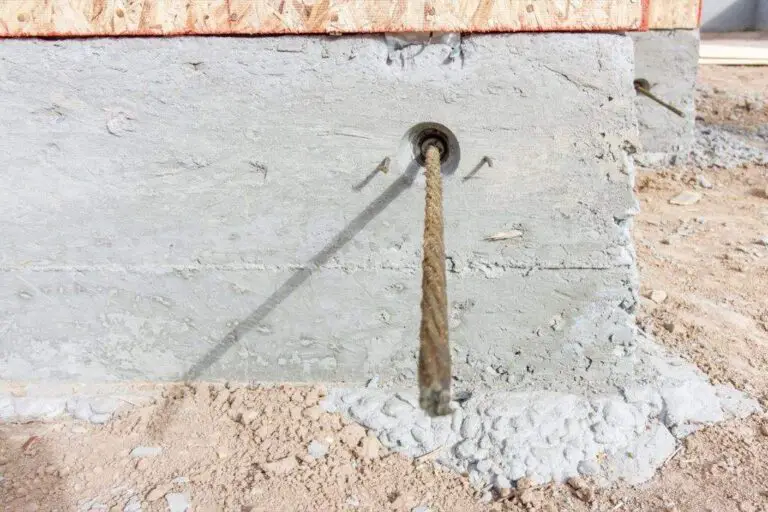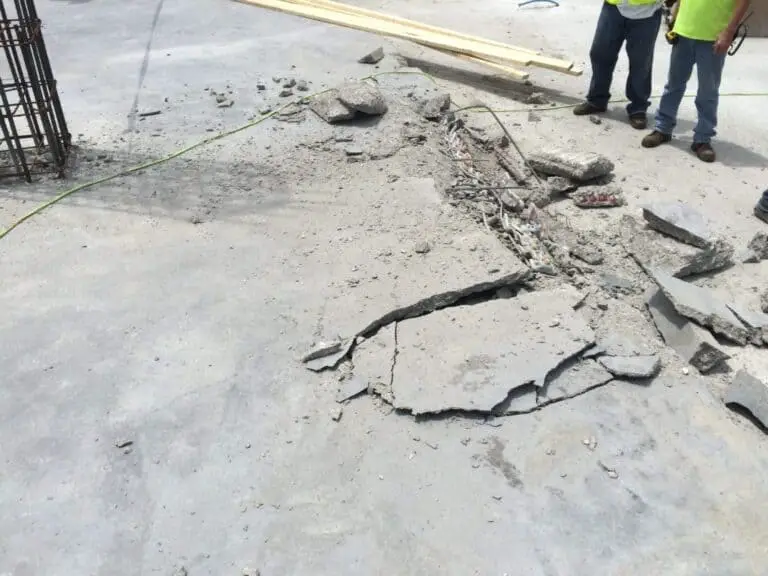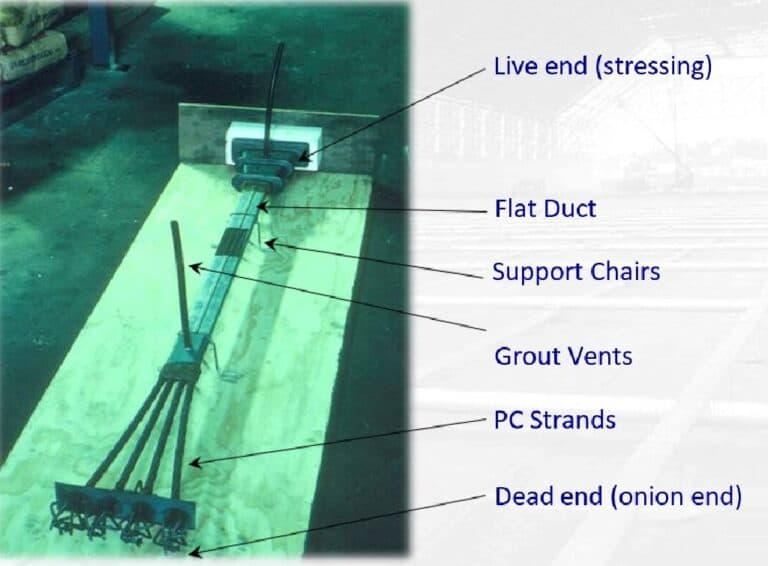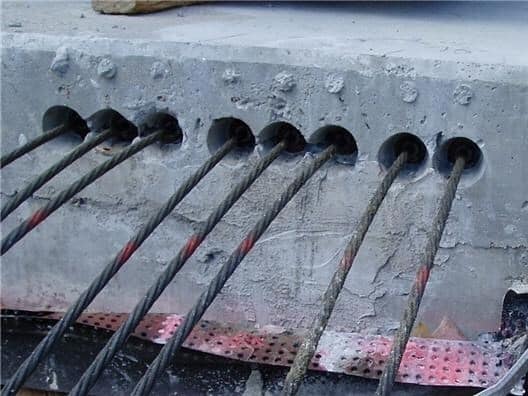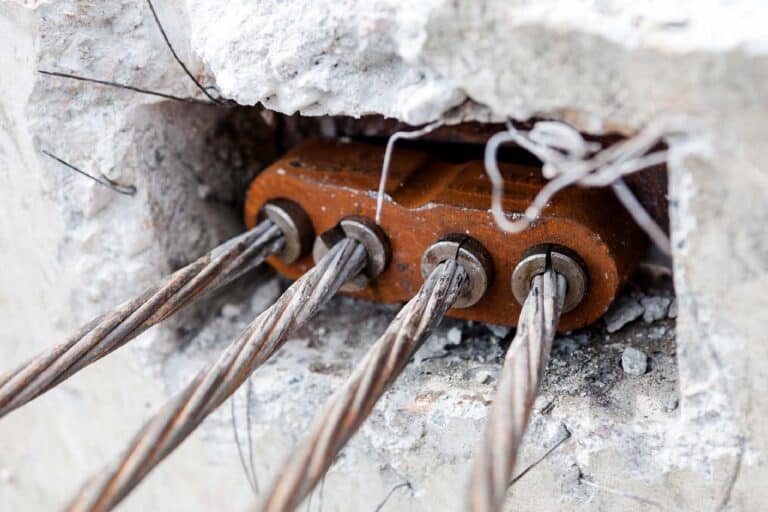How To Find Post Tension Cables in Concrete? A Step-by-Step Guide
Concrete structures play a vital role in our modern world, providing strength, stability, and durability to various buildings and infrastructure projects. One important component often used in concrete construction is post-tension cables. Post-tension cables are high-strength steel cables that are tensioned after the concrete has been poured, adding additional strength to the structure. While these…

